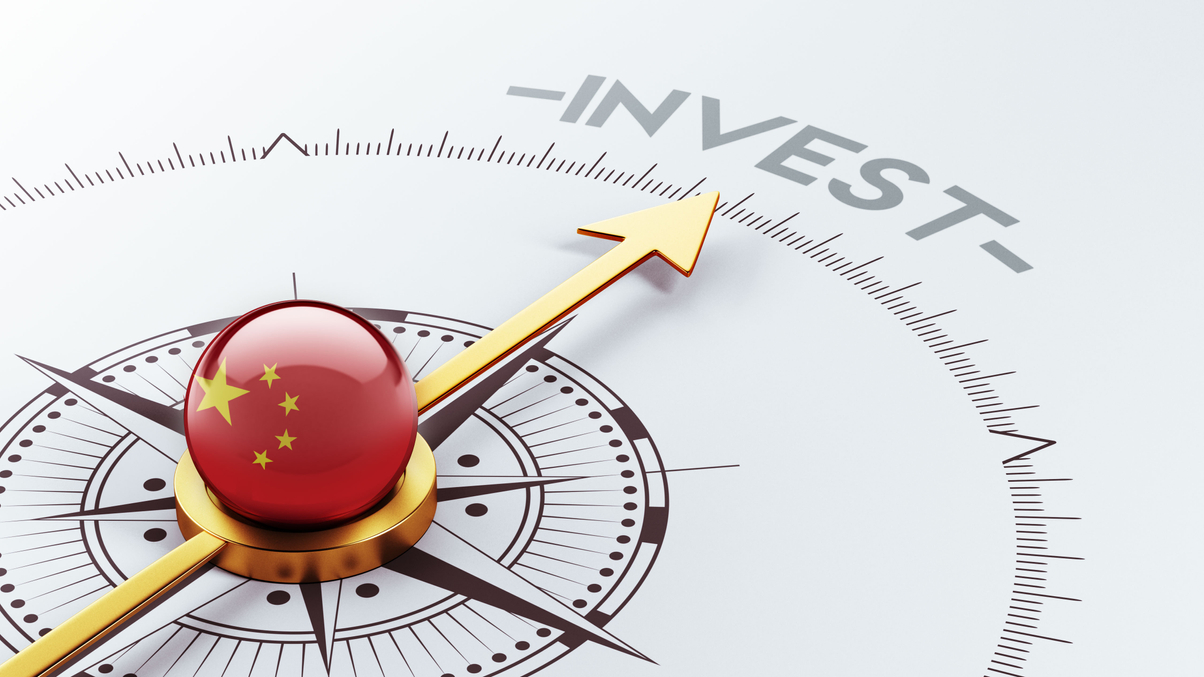How offshore investors should add China assets
Global investors need to better assess how much exposure to get to the country as its financial markets expand. Equities and private assets in particular offer some opportunities.

If China is under-represented in global benchmarks and portfolios, how much exposure do you need? Unfortunately, there is no easy answer.
Sign In to Your Account
Access Exclusive AsianInvestor Content!
Please sign in to your subscription to unlock full access to our premium AI resources.
Free Registration & 7-Day Trial
Register now to enjoy a 7-day free trial—no registration fees required. Click the link to get started.
Note: This free trial is a one-time offer.
¬ Haymarket Media Limited. All rights reserved.


